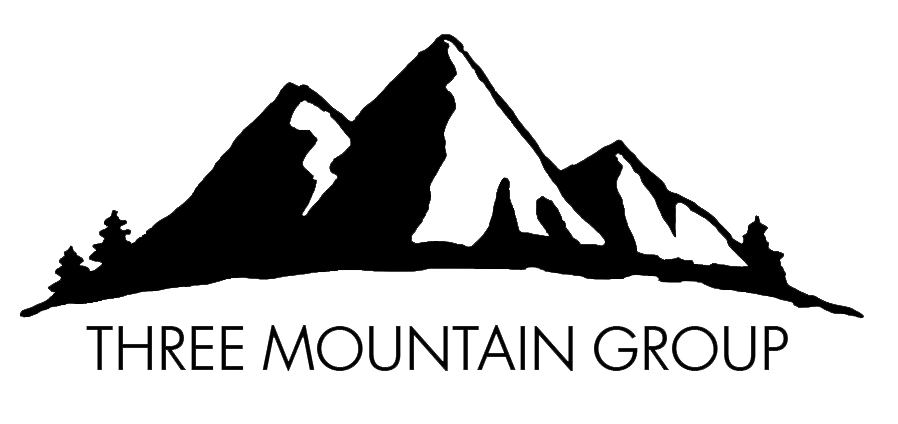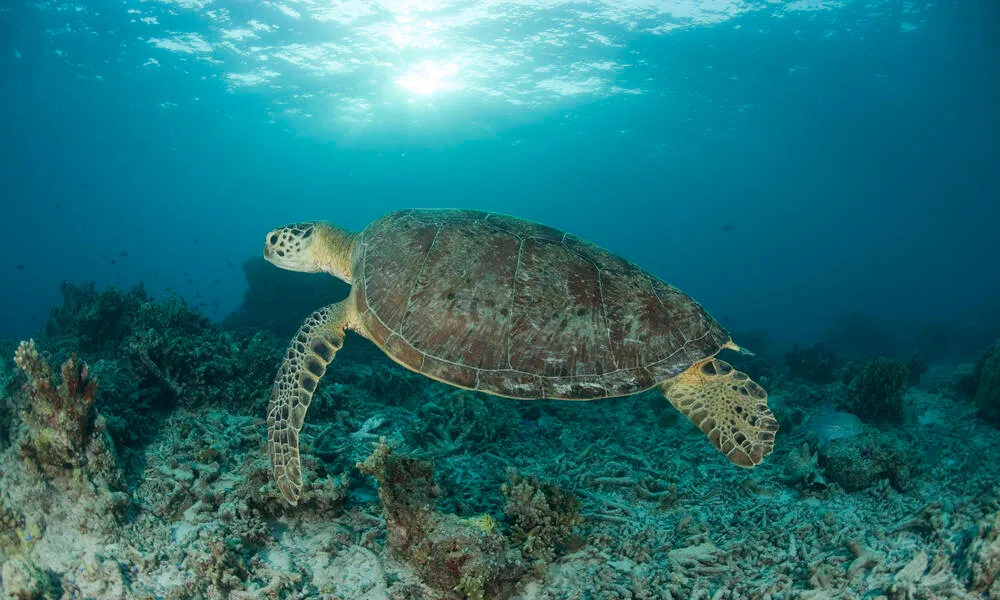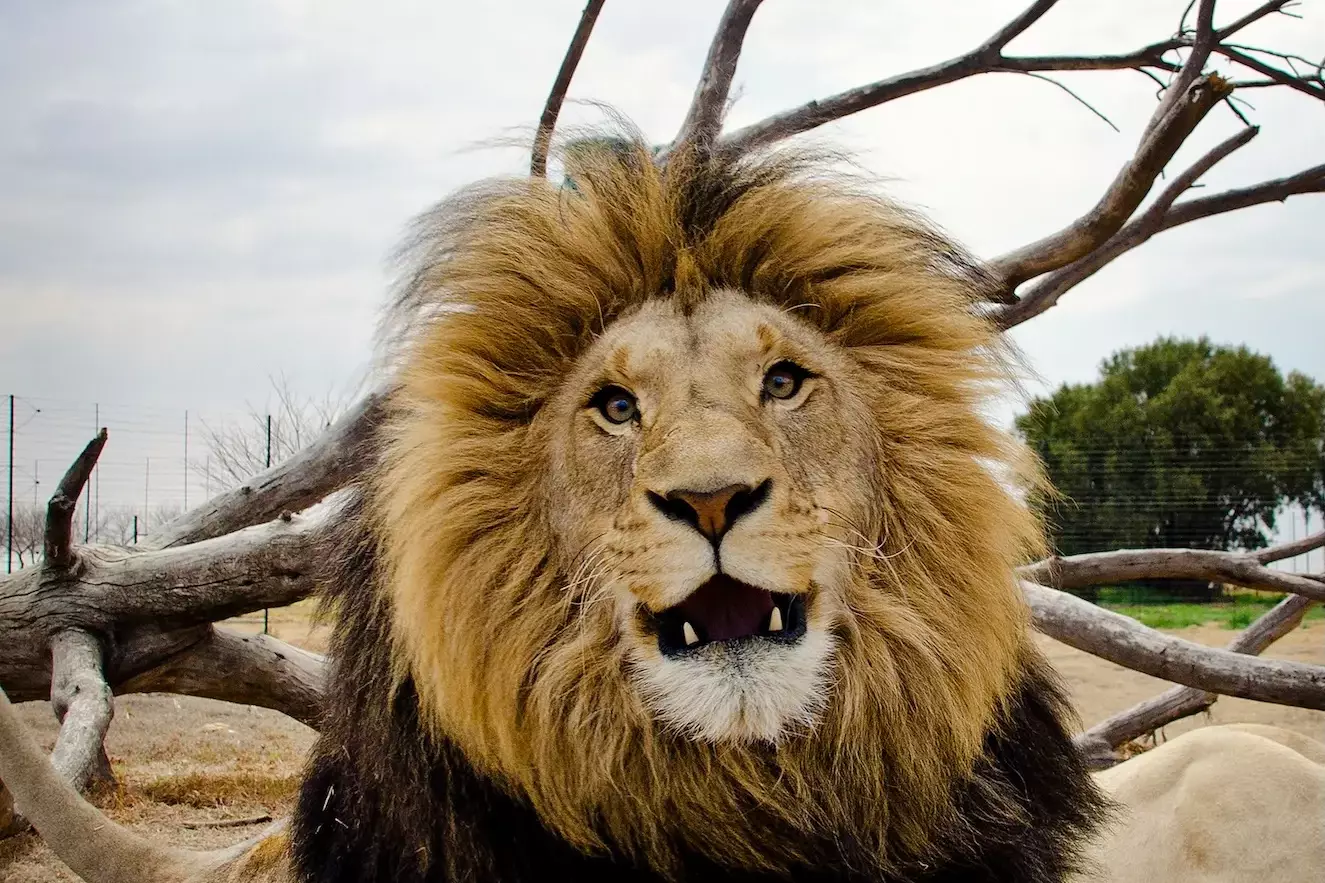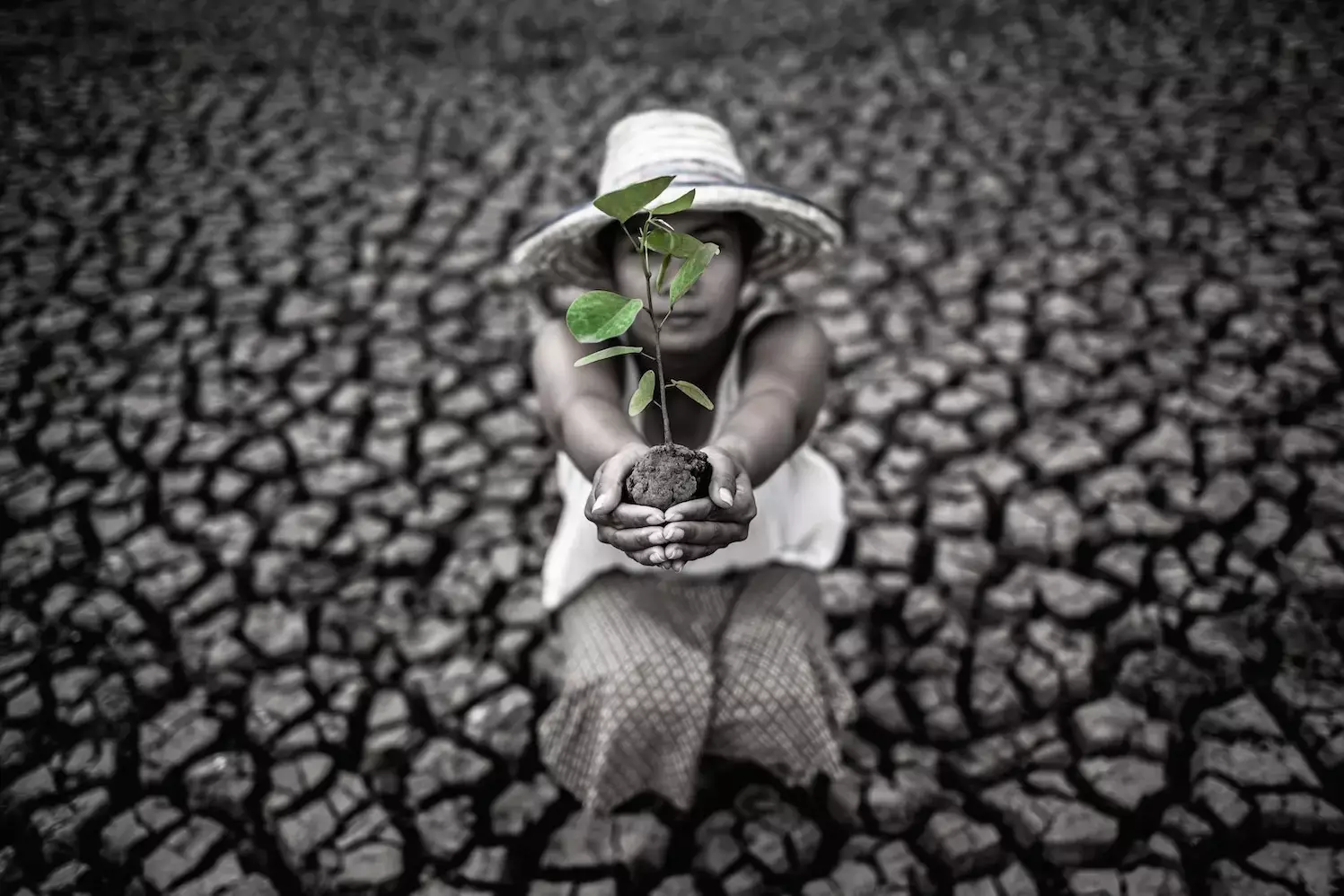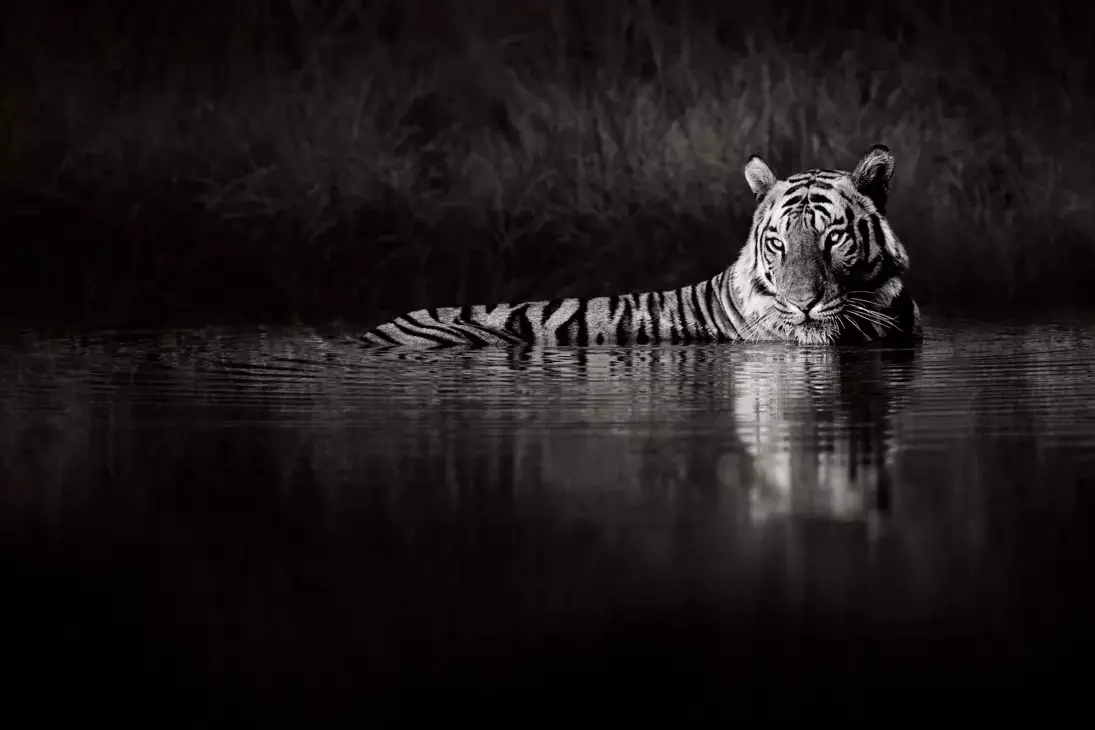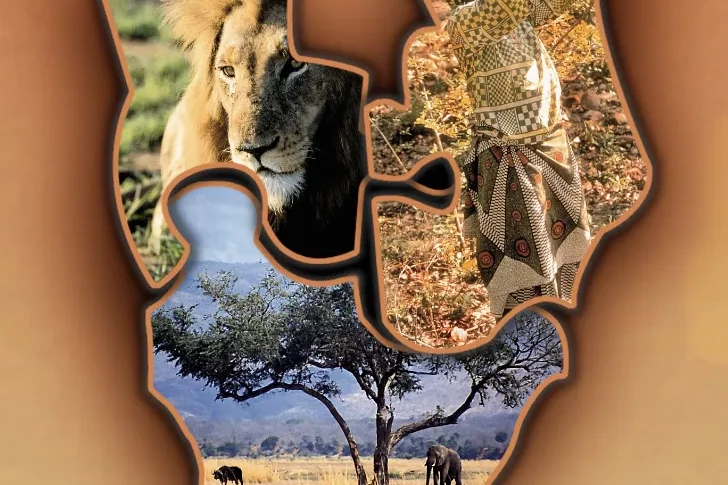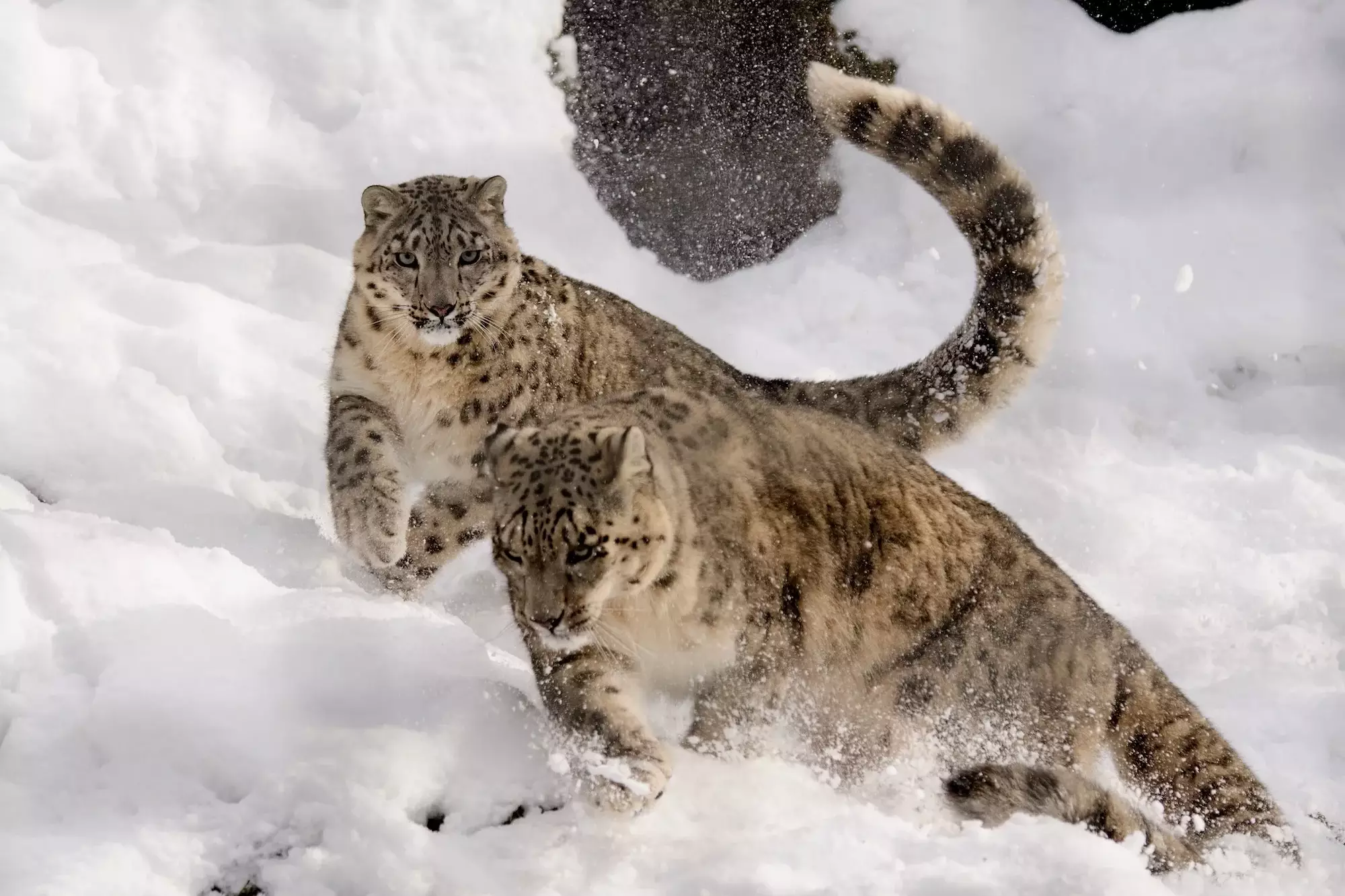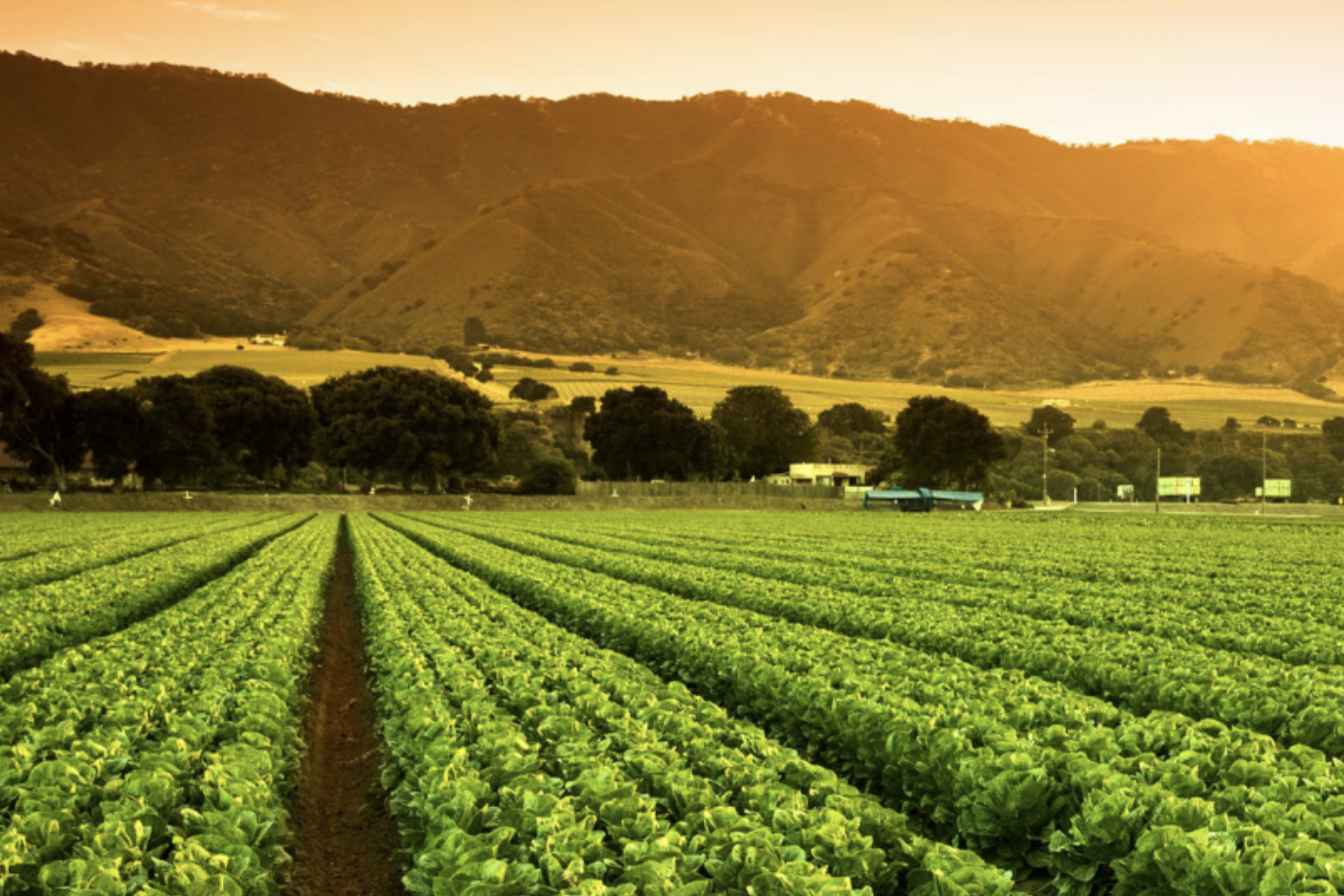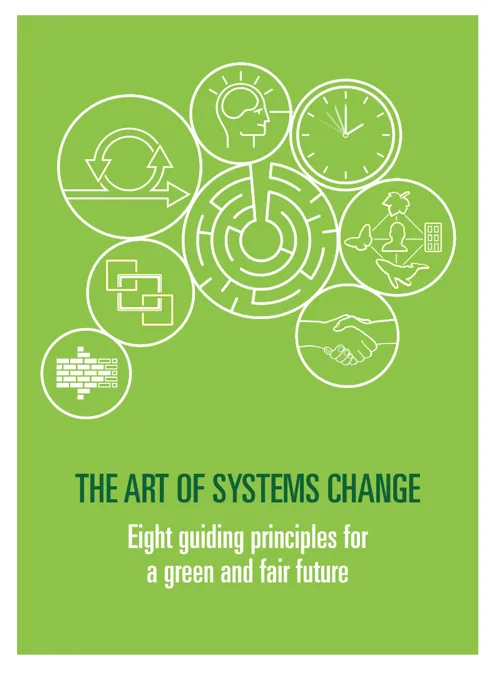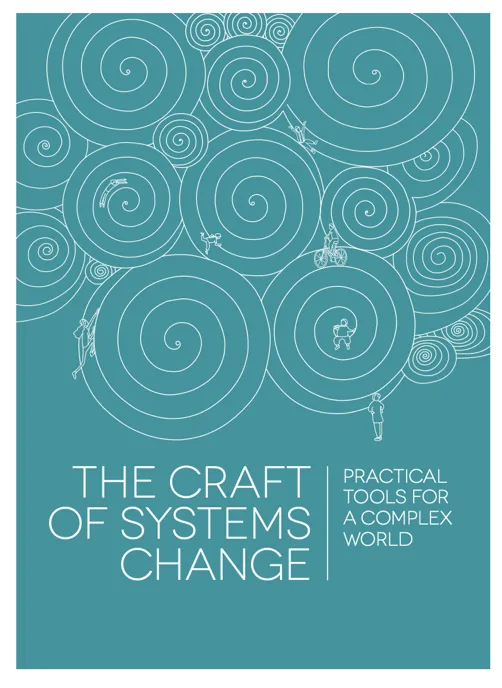The Opportunity: Considered to be one of the “Seven Most Endangered Wonders of the World” – the Coral Triangle is an area with the greatest concentration of marine biodiversity in the world with over 75% of all coral, over 37% of all coral reef fish diversity as well as hosting 6 of the world’s 7 marine turtle species. Scientists believe that coral reefs evolved in the triangle and radiated to other areas across the world’s oceans, including Australia’s Great Barrier Reef. Located at the juncture of the South Pacific and Indian Oceans, the Coral Triangle is a marine region that spans parts of Indonesia, Malaysia, Papua New Guinea, the Philippines, the Solomon Islands and Timor-Leste with at least 500 species of reef-building corals.
Coral reefs being known as the “rainforests of the sea,” the Coral Triangle is to coral reefs what the Amazon is to rainforests and geographically represents a huge area of more than a billion acres, about half the size of the continental United States. Over 120 million people live in the Coral Triangle and rely on its coral reefs for food, income and protection from storms.
The biological resources from The Coral Triangle are critical to economic growth, supporting livelihoods and providing income and food security that directly sustain more than 130 million people living in the area with jobs. For coastal communities in particular the economic role is even more critical. The pure economic value of the area is amazing with Tuna spawning and nursery grounds supporting a multi-billion-dollar tuna industry supplying millions of consumers worldwide. In addition, marine resources contribute to a growing nature-based tourism industry in the region, valued at over US$12 billion annually.
The geographic area of The Coral Triangle also represents a region which has seen the greatest economic expansion in the world. Rapidly rising population and economic growth have led to unsustainable coastal development and tourism, boosted demand for expensive marine resources such as tuna, shark fin, turtle products and live reef fish, overfishing, destructive fishing (using explosives or cyanide-based chemicals), coral bleaching and climate change as corals cannot survive if the water keeps warming. The management of existing coral reefs is critical as it is said that it takes approximately 10 thousand years for coral polyps to form a reef, and between 100,000 and 30 million years for a fully mature reef to form. Strategic and coordinated management across several countries and over a massive area of these shared resources is critical, complicated and challenging.
Our Partners: USAID, Conservation International, The World Wildlife Fund, Wildlife Conservation Society, The Nature Conservancy, NOAA (US – National Oceanic and Atmospheric Administration), the World Resources Institute, the Asian Development Bank (ADB), the World Bank and Ministries of Environment of various countries: the Ministry of Marine Affairs and Fisheries (Indonesia), Ministry of Forestry (Indonesia), National Development Planning Agency (Indonesia), the Sabah Department of Fisheries (Malaysia), Sabah Parks (Malaysia), Borneo Marine Research Institute (Malaysia), the Department of Environment and Natural Resources (Philippines), Protected Areas and Wildlife Bureau (Philippines), Bureau of Fisheries and Aquatic Resources (Philippines)
The Journey: The journey included designing and implementing a rapid organizational assessment and evaluation of the Sulu-Sualwesi Marine Ecoregion (SSME) conservation program funded by USAID. Providing technical support on organizational development and capacity issues during the development of the Action Plan.
The Result: The nations comprising the coral triangle ratified a treaty in 2009 to sustainably manage the region and its resources. The “Coral Triangle Initiative on Coral Reefs, Fisheries, and Food Security (CTI-CFF)”. To address threats to SSME’s diversity and productivity, an ecoregion conservation plan was forged collaboratively by Indonesia, Malaysia, and the Philippines.
As the management framework to address threats to its diversity and productivity, the SSME Ecoregion Conservation Plan has spurred the development of three comprehensive action plans for 2010-2012. These plans are implemented by the subcommittees on Migratory and Threatened Species, Marine Protected Areas and Networks, and Sustainable Fisheries, and guided by the SSME’s Tri-National Committee.
The direct outcome of implementation of these plans – on on species and critical habitat protection, networks of marine protected areas (MPAs), and sustainable fisheries – led to the conserving of marine biodiversity and enhanced sustainable economic development in the region.
